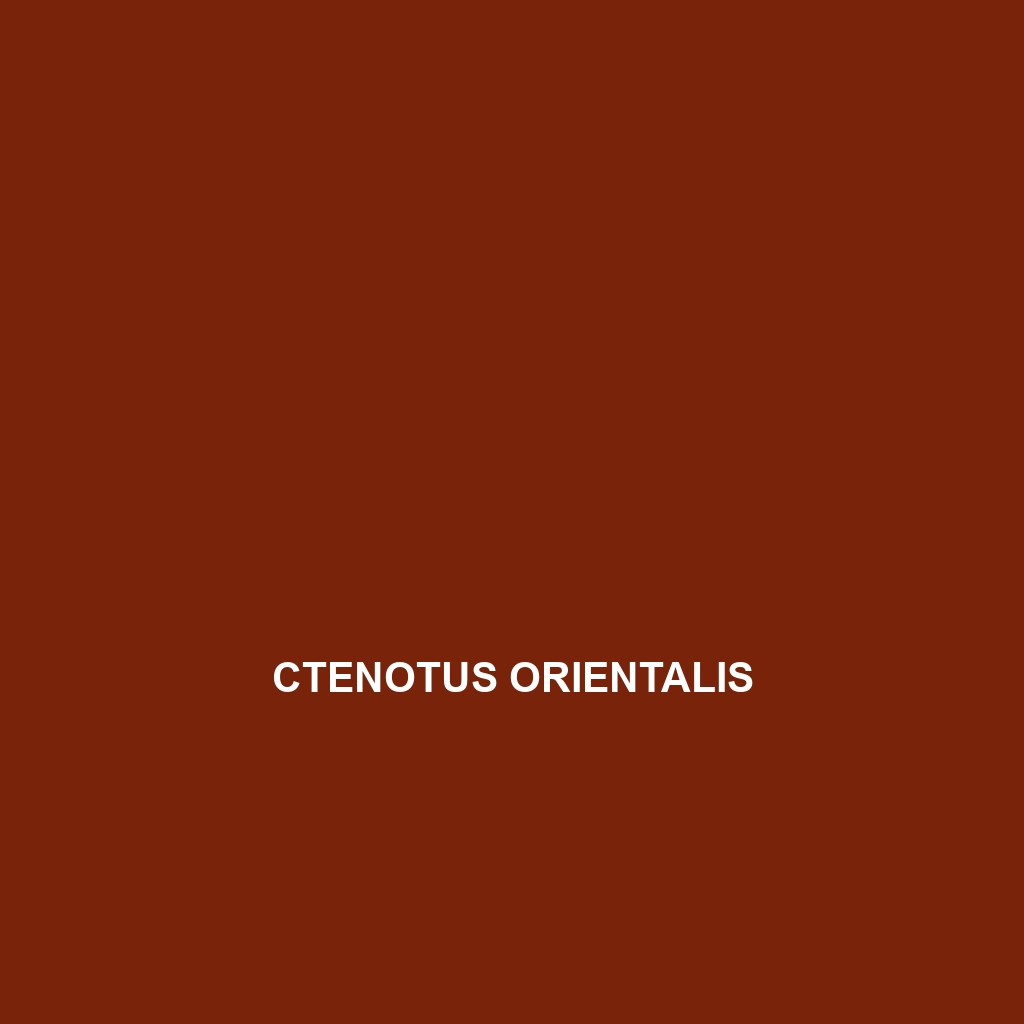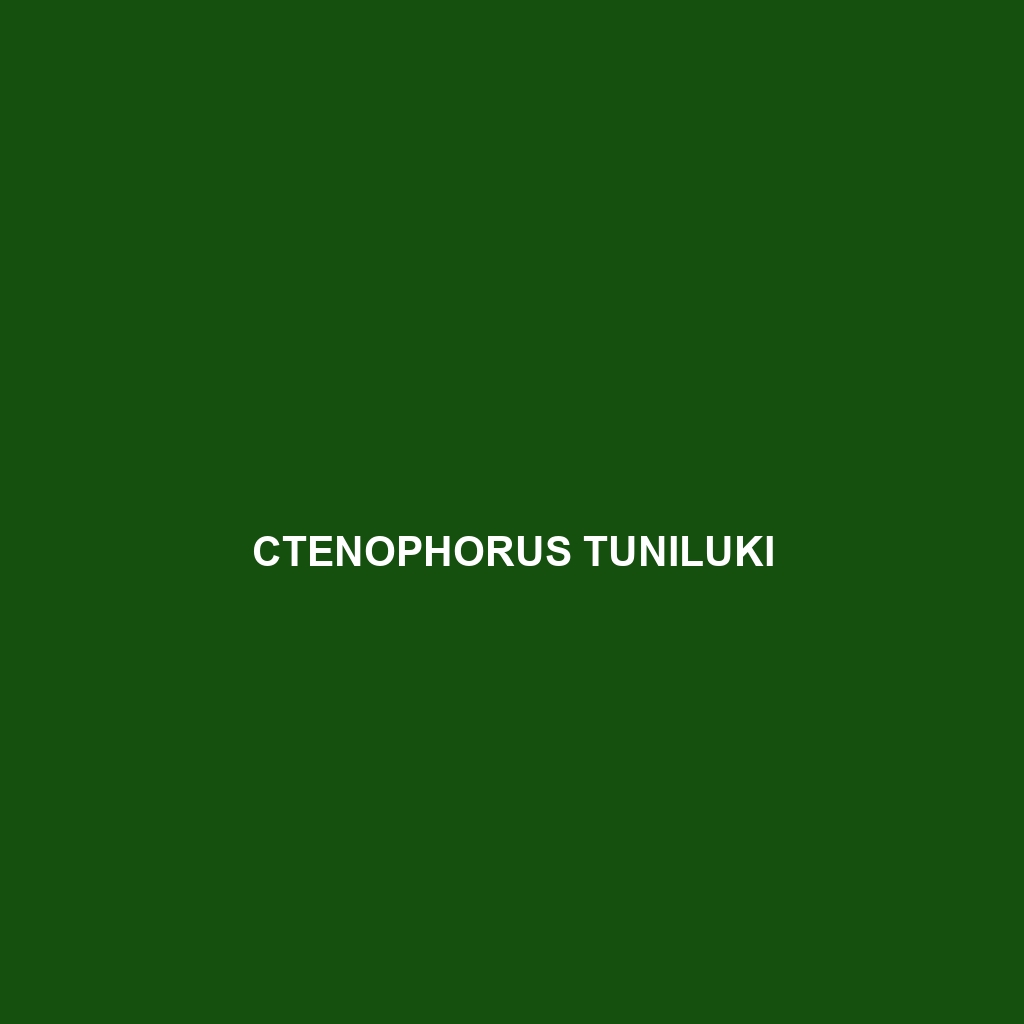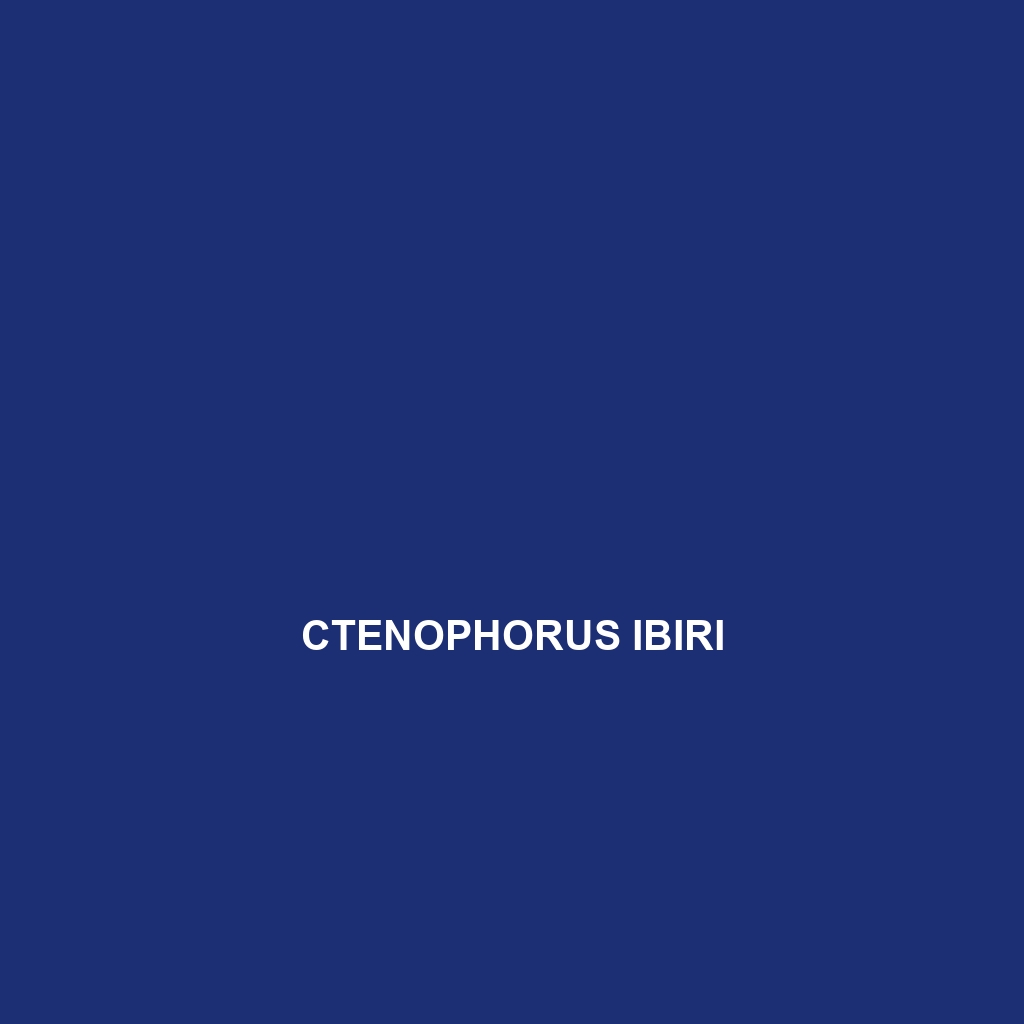Discover the Cubophis caymanus, or Cayman Racer, a medium-sized, non-aggressive snake native to the Cayman Islands, known for its striking dark brown or grayish-brown coloration and remarkable speed. This endangered species thrives in tropical coastal habitats and plays a crucial role in maintaining the ecological balance by preying on small reptiles and amphibians.
Tag: animal adaptation
Ctenotus orientalis
Discover the Eastern Ctenotus (Ctenotus orientalis), a slender lizard native to southeastern Australia, thriving in scrublands and woodlands. With its distinct sandy brown and grey coloration, this diurnal species plays a vital role in controlling insect populations while showcasing fascinating behaviors and rapid growth rates.
Ctenotus brevipes
Ctenotus brevipes is a diurnal lizard native to the arid regions of Australia, known for its agility and distinctive brown and grey coloration with dark stripes. This insectivorous species thrives in sandy grasslands and plays a vital role in maintaining ecological balance by controlling insect populations.
Ctenotus alacer
Experience the swift skink, or Ctenotus alacer, known for its agility and distinctive blue spots, thriving in the sandy soils of southeastern Australia. With a diet primarily consisting of small insects, this diurnal species plays a crucial role in controlling insect populations and maintaining ecological balance.
Ctenophorus tjantjalka
Discover the Ctenophorus tjantjalka, also known as the Centralian Rough Knob-tail Gecko, a medium-sized lizard native to the arid regions of Australia. With its distinct rough texture, sandy beige coloration, and unique knobbed tail, this adaptable predator thrives in rocky outcrops and plays a vital role in controlling insect populations.
Ctenophorus ibiri
Ctenophorus ibiri Discover the vibrant Ctenophorus ibiri, a diurnal lizard found in the arid woodlands and scrublands of southeastern Australia. With males displaying striking blue and green colors during breeding, they play a vital role in ecosystems by controlling insect populations and serving as prey for larger species.</p>
Ctenophorus clayi
Ctenophorus clayi, commonly found in the southeastern regions of Australia, is a vibrant lizard known for its striking blue, green, or yellow throat colors and territorial displays during the breeding season. Measuring 15 to 20 centimeters in length, this insectivorous species thrives in arid environments and plays an essential role in maintaining ecological balance.
Cryptoblepharus wulbu
Discover the Cryptoblepharus wulbu, also known as the "Wulbu skink," a small lizard found in coastal scrublands and rocky shores of the Pacific Islands, known for its distinctive earthy coloration, agile movements, and crucial role in regulating insect populations. This fascinating species is classified as 'Vulnerable' due to habitat loss, making conservation efforts essential for its survival.
Cryptoblepharus aldabrae
Discover the unique Cryptoblepharus aldabrae, a vulnerable small skink endemic to the coastal regions of Aldabra Atoll, featuring a slender body with glossy scales and remarkable camouflage. This diurnal species plays a vital role in its ecosystem by controlling insect populations while serving as prey for various predators.
Crotalus transversus
Discover the Crotalus transversus, also known as the Transverse Rattlesnake, a distinctive predator native to the arid mountainous regions of the southwestern United States and northern Mexico. With its bold transverse bands, this ovoviviparous species plays a vital role in its ecosystem, controlling small mammal populations while exhibiting unique behaviors and adaptations for survival.









